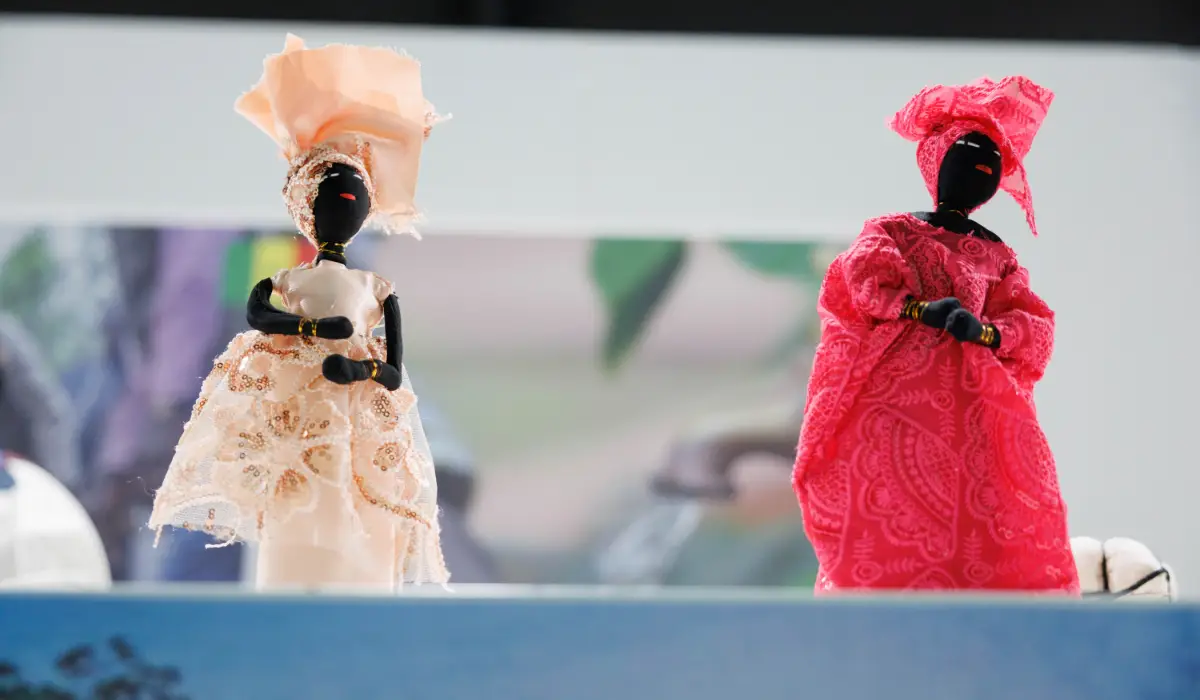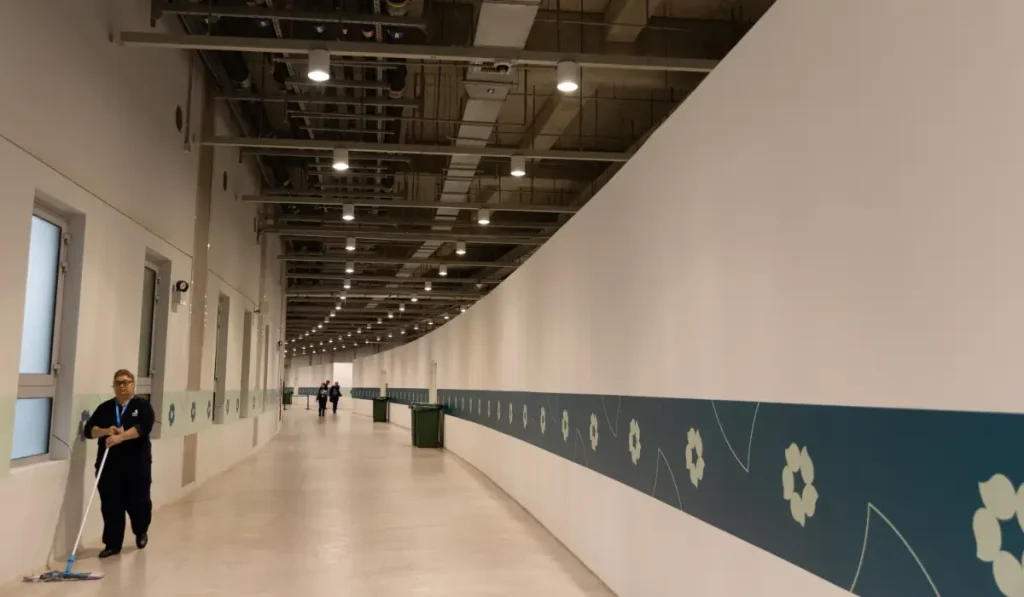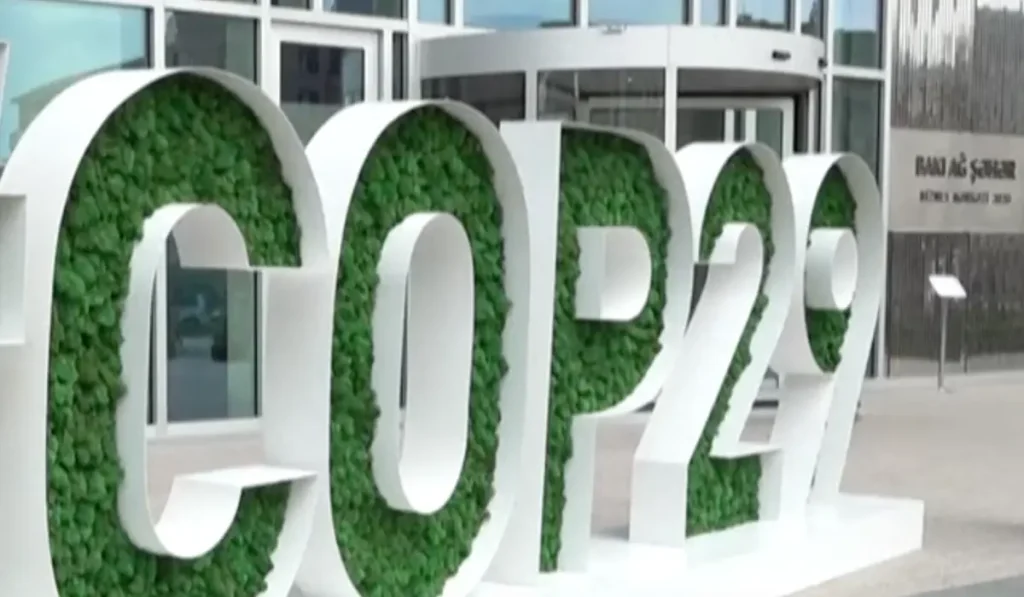Finance was the headline event at COP29, but the summit included forums and high-level discussions on a range of issues. One of these issues was gender parity within the UNFCCC and enhancing gender informed and responsive climate policies. COP29 President Mukhtar Babayev emphasised the need to include women in creating solutions and fostering resilience.
Gender at COP
The lead-up to this year’s summit got off on the wrong foot. The COP29 Presidency did not initially include any women in the 28-person Organising Committee, and only included 12 women in the panel after social outcries. At the summit itself, only eight of the 78 heads of state and government were women, with women making up 34% of national delegates. But COP29 is not the first to fail on this front. Gender Climate Tracker’s data shows that no COP since 2008 has achieved equal representation and participation of women party delegates, with a particularly low point at COP21 where women made up only 21% of party delegates. Although negotiations at these summits have produced outcomes such as the Lima Work Programme on Gender, the Gender Action Plan and the Gender-Responsive Just Transitions and Climate Action Partnership, these fall short of securing equal gender representation in high-level discussions and integrating gender-responsive climate policies in UNFCCC processes and member states.
The Lima Work Programme
The Lima Work Programme (LWPG) is meant to address this gender discrepancy. First established in 2014, the programme’s long-term goal is to promote gender balance and equity in UNFCCC processes. It recognises that women experience the effects of climate change differently, and the need for gender-responsive climate policies and actions for Parties. COP22 extended the LWPG, with the first Gender Action Plan (GAP) the following year. The GAP is meant to ensure gender equality and the empowerment of women in the implementation of the Convention and the Paris Agreement.COP29 was due to review the LWPG, following a five-year review calendar set at COP25. Last year’s COP also scheduled a final review of the implementation of the LWPG and GAP for November 2024. Both the Lima Work Programme and Gender Action Plan are meant to ensure the integration of vulnerable and underrepresented groups in climate policies.
Disagreements
Gender was item 14 on COP29’s agenda, with day 10 of the conference assigned as Gender Day. But gender negotiations quickly ran into issues over the language of the LWPG’s updated text. African countries and European Union delegates wanted to include a section that highlighted that women’s experiences of climate change differ depending on their “gender, sex, age and race.” But representatives from the Vatican, Saudi Arabia, Russia, Iran and Egypt did not want any language in the text referring to gender over concerns it could include women in the LGBTQ+ community, specifically transgender women. There were also objections to interpretations of the word ‘gender’, with one African negotiator requesting the use of ‘sex’ instead of ‘gender’, arguing that it would make it easier for her team and country counterparts to read and understand the text. Ultimately countries agreed to a ten-year extension of the LWPG and GAP, and tasked the Subsidiary Body for Implementation (SBI) to develop a new gender action plan, which will inform discussions at COP30 in 2026. The new climate finance agreement also highlighted the need for gender-responsive climate finance and to consider the needs and priorities of women and girls.
Countries reaching an agreement is one thing. Countries implementing policies and programmes to achieve the LWPG’s goals are another. A recent study published in the Lancet Planetary Health journal shows that it will take at least 10 years for Africa’s COP delegations to reach gender parity. As it currently stands, not a single country worldwide is close to achieving Sustainable Development Goal 5 (to achieve gender equality and empower all women and girls). Slow progress with gendered climate policy threatens to undo advancements in women’s political, social and economic rights. Gender-based violence against women in sub-Saharan Africa could triple by 2060 without gender sensitive climate policies. Climate change will also exacerbate the income gap between men and women and impact land ownership and resource allocation. The effects of climate change will make millions more women and girls chronically hungry and more vulnerable to extreme weather events. Despite acknowledging the realities of women and girls with climate change, UNFCCC processes still do not treat gender as a high priority issue. COP29 could be a step in the right direction. But the success of the Lima Programme and the Gender Action Plan is ultimately up to countries moving from pledges and platitudes to implementation and action.





